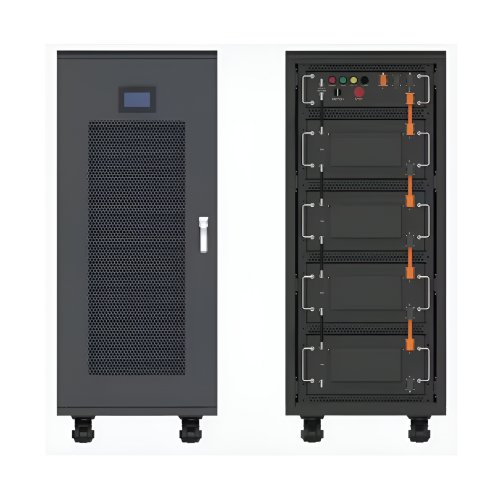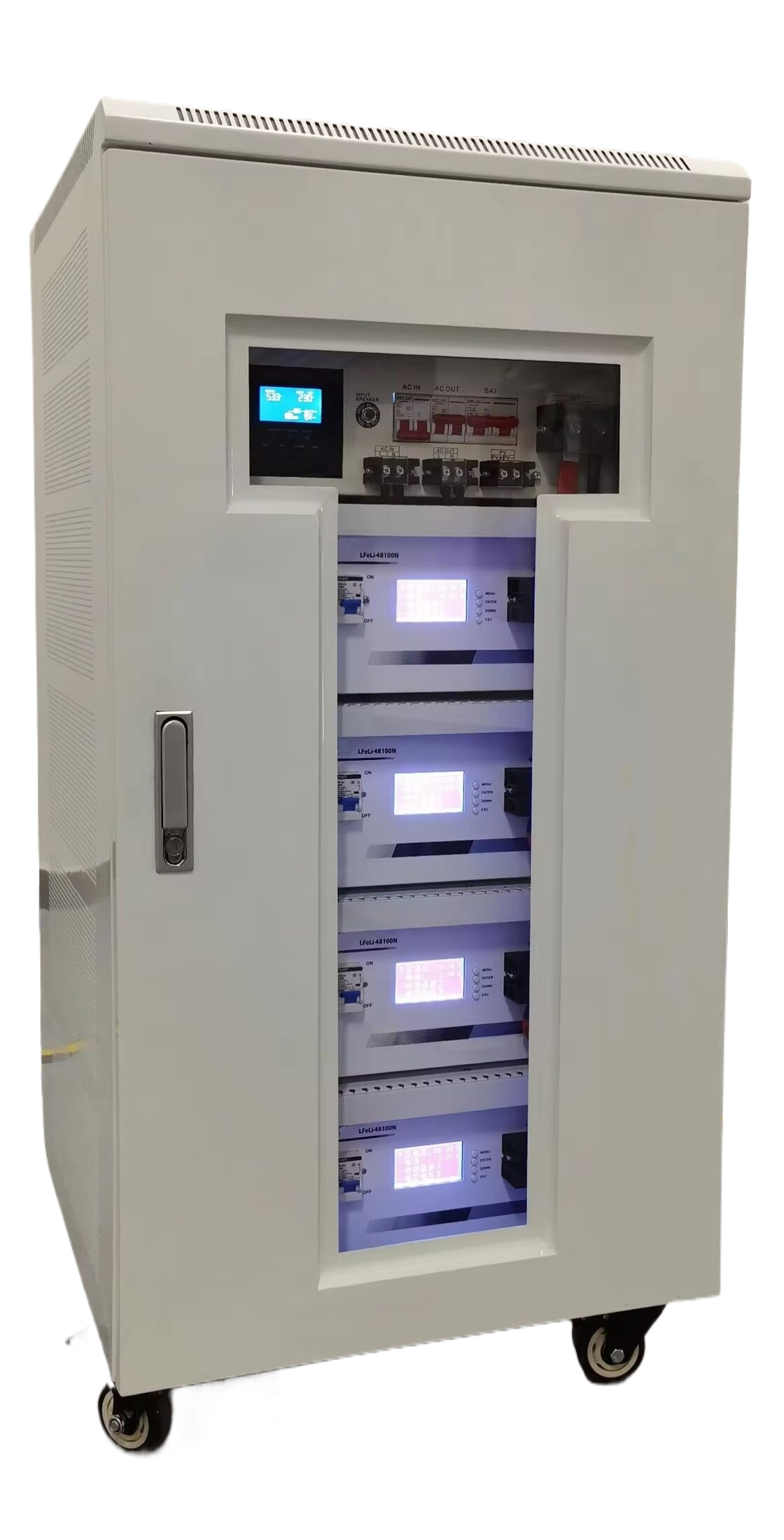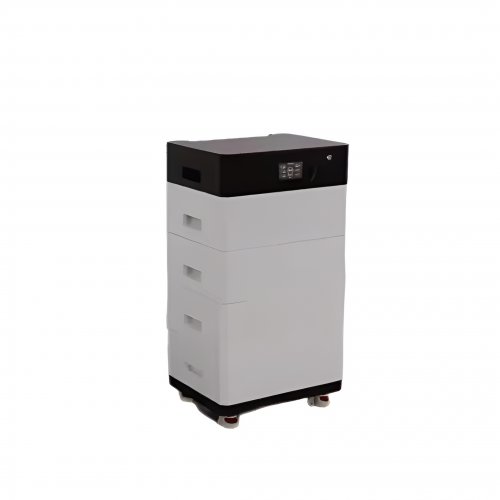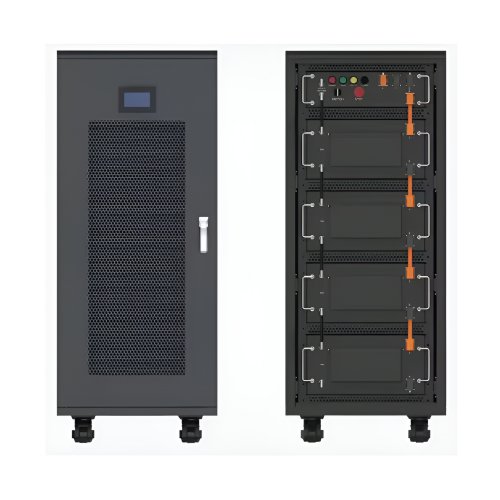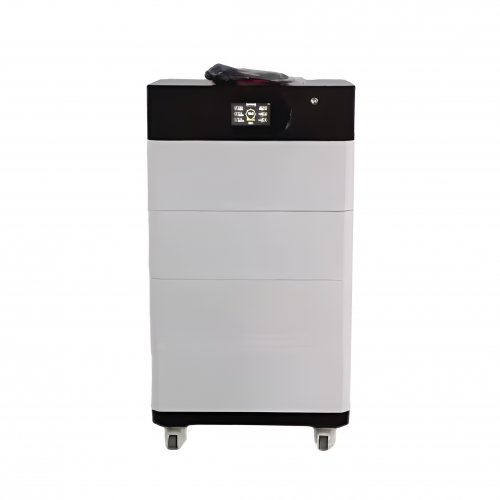Lifepo4 Battery Industry News: Surging Demand And Innovation Reshape The Energy Storage Landscape
The lithium iron phosphate (LiFePO4 or LFP) battery sector is experiencing a period of unprecedented growth and transformation. Once considered a niche technology primarily for specialized applications, LFP chemistry has surged to the forefront of the global battery conversation, challenging the long-held dominance of nickel-manganese-cobalt (NMC) batteries. Driven by its compelling advantages in safety, cost, and longevity, the LFP industry is rapidly expanding, marked by significant investments, technological breakthroughs, and shifting strategic alliances.
Latest Industry Developments: Capacity Expansion and Strategic Moves
A wave of massive capital expenditure is defining the current landscape. Major battery manufacturers, particularly in China, are aggressively scaling up production capacity. Contemporary Amperex Technology Co. Limited (CATL), the world's largest battery producer, continues to lead this charge with its relentless expansion of LFP output. Its recent unveiling of a new ultra-high-density LFP battery pack, claiming a significant improvement in energy density, has further solidified its market position.
Similarly, BYD, with its proprietary Blade Battery design, is not only supplying its booming electric vehicle (EV) production but also expanding its external customer base, supplying LFP batteries to several major automakers outside China. This trend is not confined to Asia. In the United States and Europe, there is a concerted push to build a localized LFP supply chain to reduce dependence on imports and meet stringent domestic content requirements for EV subsidies, such as those outlined in the U.S. Inflation Reduction Act. Companies like American Battery Factory (ABF) are announcing plans for new gigafactories dedicated to LFP cell production, signaling a geographic diversification of the supply base.
The automotive industry's embrace of LFP technology is perhaps the most significant development. Tesla has been a key proponent, integrating LFP batteries into a substantial portion of its standard-range vehicles globally. This move has been followed by a growing list of automakers, including Ford, which plans to use CATL’s LFP technology for certain models, and Volkswagen, which has declared LFP its preferred chemistry for entry-level EVs. This industry-wide shift is primarily motivated by the desire to control costs and mitigate risks associated with the price volatility of nickel and cobalt.
Trend Analysis: Beyond Automotive to Stationary Storage Dominance
While the EV revolution is a primary driver, the stationary energy storage system (ESS) market is emerging as an even more natural fit for LFP's strengths. The demand for grid-scale and residential storage is exploding, fueled by the global transition to renewable energy. LFP batteries, with their superior safety profile (high thermal runaway temperature and stability), exceptional cycle life (often exceeding 6000 cycles), and lower lifetime cost, are becoming the default choice for new ESS projects. Analysts project that LFP will capture over 90% of the utility-scale ESS market in the coming years.
Another key trend is the relentless pursuit of innovation to address LFP's traditional weakness: lower volumetric and gravimetric energy density compared to NMC. The industry response has been multifaceted. Cell-to-pack (CTP) and cell-to-chassis (CTC) technologies, as pioneered by CATL and BYD, eliminate modular structures, increasing the overall pack efficiency and energy density. Furthermore, advancements in nano-engineering of the cathode material and the development of new graphite-silicon composite anodes are pushing the boundaries of what LFP batteries can achieve, gradually closing the gap with high-nickel chemistries.
The supply chain for key raw materials is also evolving. With lithium being the critical component, companies are securing long-term offtake agreements with lithium miners and investing in direct lithium extraction (DLE) technologies to ensure a stable and cost-effective supply. Interestingly, the LFP supply chain is proving to be less geopolitically sensitive than NMC's, as it avoids cobalt and minimizes nickel, both of which have problematic supply chains.
Expert Perspectives: Cautious Optimism and Future Challenges
Industry experts express widespread optimism about the long-term trajectory of the LFP market but caution against potential headwinds. Dr. Elena Martinez, a senior analyst at GreenEnergy Futures, notes, "The LFP resurgence is a rational market correction. Its value proposition for mass-market EVs and ESS is undeniable. We are witnessing not just a trend, but a fundamental restructuring of the battery chemistry landscape that will have lasting implications."
However, experts also highlight challenges that must be navigated. The first is overcapacity. The breakneck speed of factory construction has led to concerns about a potential supply glut in the medium term, which could pressure margins and lead to industry consolidation. "The key will be matching capacity with quality and innovation, not just volume," states Michael Chen, a battery technology consultant. "Not all LFP cells are created equal, and manufacturers who can deliver superior performance and reliability will ultimately prevail."
Secondly, while the supply chain is simpler, its concentration remains a point of discussion. Although efforts are underway in North America and Europe, the refining of lithium and the production of LFP cathode active material are still heavily concentrated in China. Building a resilient and diversified global supply chain is a complex, capital-intensive endeavor that will take years to achieve.
Finally, the issue of recycling is moving to the forefront. As the first generation of LFP batteries from EVs and ESS reach end-of-life, establishing efficient and economically viable recycling loops is critical. While LFP batteries contain no scarce high-value metals, recycling for the lithium and iron phosphate is essential for sustainability and creating a circular economy.
In conclusion, the LiFePO4 battery industry is riding a powerful wave of adoption and innovation. Its core characteristics of safety, cost-effectiveness, and durability align perfectly with the needs of the evolving electric transportation and renewable energy storage markets. While challenges around supply chain diversification, potential overcapacity, and recycling loom, the strategic direction is clear. LFP is no longer an alternative chemistry; it is a mainstream pillar of the global energy transition.
Customized/OEM/ODM Service
HomSolar Supports Lifepo4 battery pack customization/OEM/ODM service, welcome to contact us and tell us your needs.


HomSolar: Your One-stop LiFePO4 Battery Pack & ESS Solution Manufacturer
Our line of LiFePO4 (LFP) batteries offer a solution to demanding applications that require a lighter weight, longer life, and higher capacity battery. Features include advanced battery management systems (BMS), Bluetooth® communication and active intelligent monitoring.

Customised Lithium Iron Phosphate Battery Casing
ABS plastic housing, aluminium housing, stainless steel housing and iron housing are available, and can also be designed and customised according to your needs.

HomSolar Smart BMS
Intelligent Battery Management System for HomSolar Energy Storage System. Bluetooth, temperature sensor, LCD display, CAN interface, UART interface also available.


Terminals & Plugs Can Be Customized
A wide range of terminals and plugs can be customised to suit the application needs of your battery products.

Well-designed Solutions for Energy Storage Systems
We will design the perfect energy storage system solution according to your needs, so that you can easily solve the specific industry applications of battery products.



About Our Battery Cells
Our energy storage system products use brand new grade A LiFePO4 cells with a battery lifespan of more than 4,000 charge/discharge cycles.



Applications in Different Industries
We supply customized & OEM battery pack, assemble cells with wiring, fuse and plastic cover, all the cell wires connected to PCB plug or built BMS.
Applications: E-bike, Electric Scooter, Golf Carts, RV, Electric Wheelchair, Electric Tools, Robot Cleaner, Robot Sweeper, Solar Energy Storage System, Emergency Light, Solar Power Light, Medical Equipment, UPS Backup Power Supply.
We can provide you with customized services. We have the ability to provide a vertical supply chain, from single cells to pack/module and to a complete power solution with BMS, etc.


HomSolar (Shenzhen) Technology Co., Ltd







